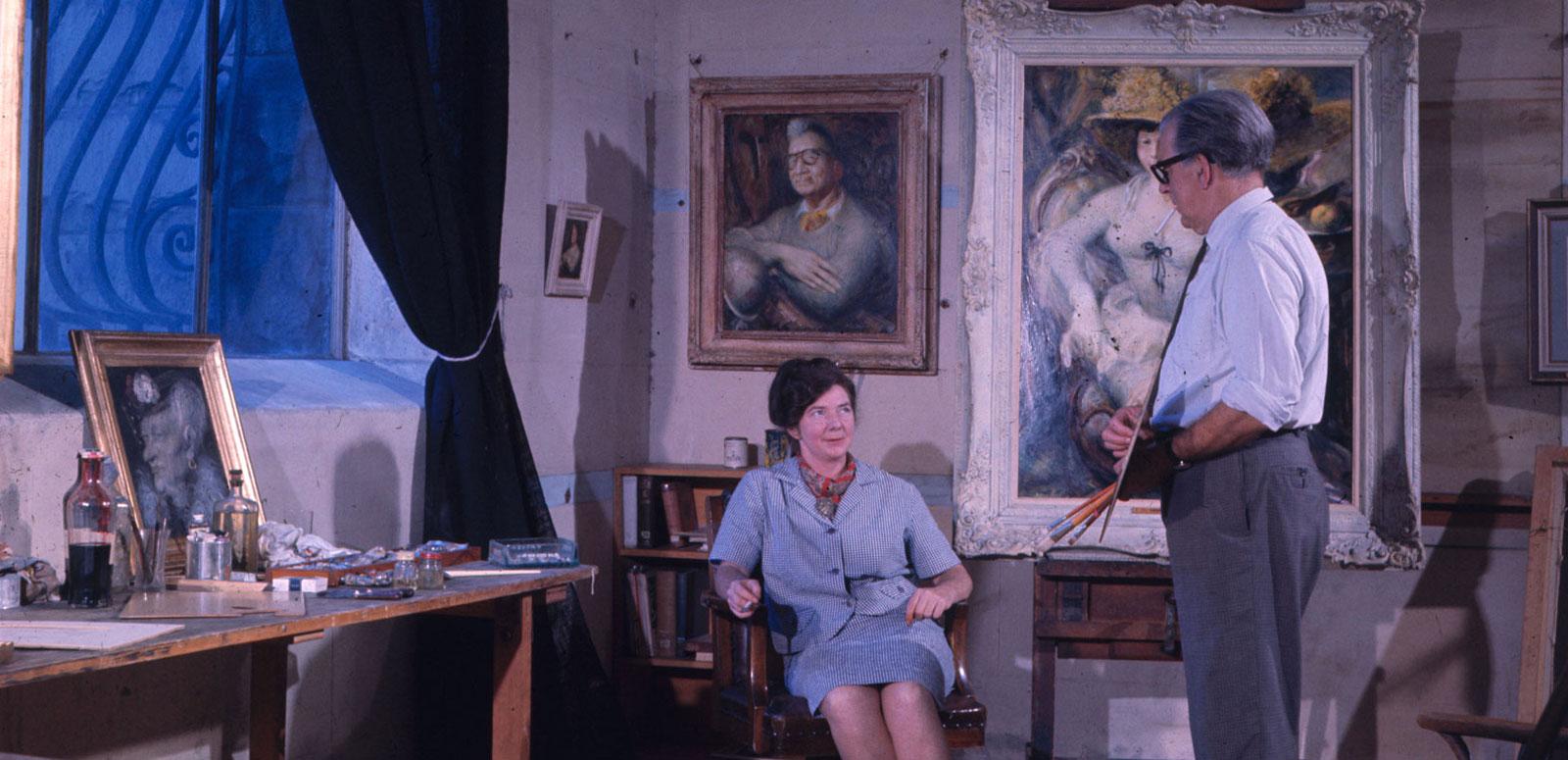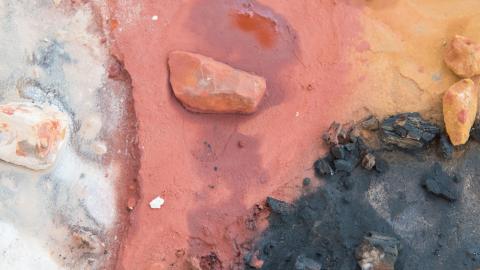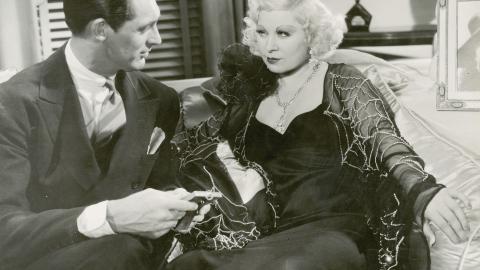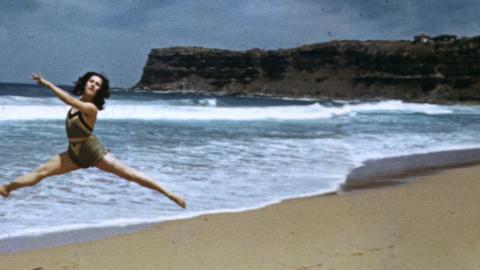

Art in Australia
Art and Artists in Australia
Celebrating Australian art, artists and exhibitions through interviews and documentary footage from the 1950s to the 1980s.
The quest of the artist lies at the heart of this collection. It includes film portraits of Indigenous artists Tracey Moffatt and Emily Kame Kngwarreye, and interview and documentary footage of Sidney Nolan, Rosalie Gascoigne, Jeffrey Smart, Sir William Dobell, Margaret Olley, Brett Whiteley, Arthur Boyd, Banduk Marika, Olive Cotton and Max Dupain
Gerty Anschel’s home movies from the mid-1950s feature the Boyd, Mora and Perceval families with commentary by Philippe Mora and fleeting appearances by artists Joy Hester, Gray Smith and Charles Blackman.
There are also extracts from newsreels covering Martin Sharp’s first solo exhibition, the first Australian public viewing of Jackson Pollock’s Blue Poles and the controversial ‘No Award’ for the Archibald Prize in 1964.
WARNING: this collection may contain names, images or voices of deceased Aboriginal and Torres Strait Islander people.
The National Film and Sound Archive of Australia acknowledges Australia’s Aboriginal and Torres Strait Islander peoples as the Traditional Custodians of the land on which we work and live and gives respect to their Elders both past and present.


